AES Members’ Day
Saturday 29th April 2023
As a contribution to the Club’s microscopy outreach programme, Paul Smith and Alan Wood took along an assortment of specimens, slides and microscopes to the 2023 Members’ Day and AGM of the Amateur Entomologists’ Society (AES), held this year in the Neil Chalmers Seminar Room at the Natural History Museum in London.
Our display was set out in the foyer, so everyone attending the AGM and the lectures had to walk past us. The AES also had a table in the foyer, with their publications for adults and for children.
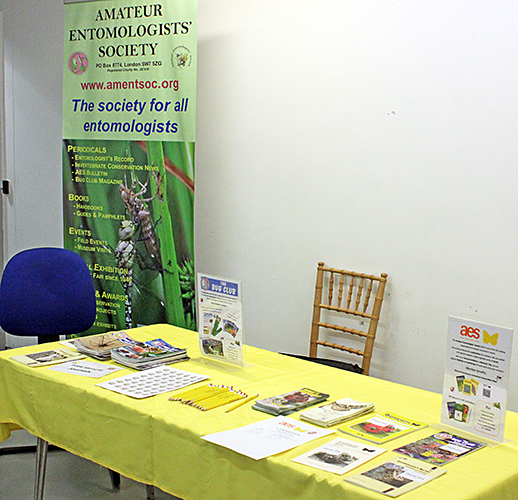 AES publications and merchandise
AES publications and merchandise
The lectures were given by Dan Hall (Smaller Orders) and Max Barclay (Entomological Collections: the last great frontiers of exploration).
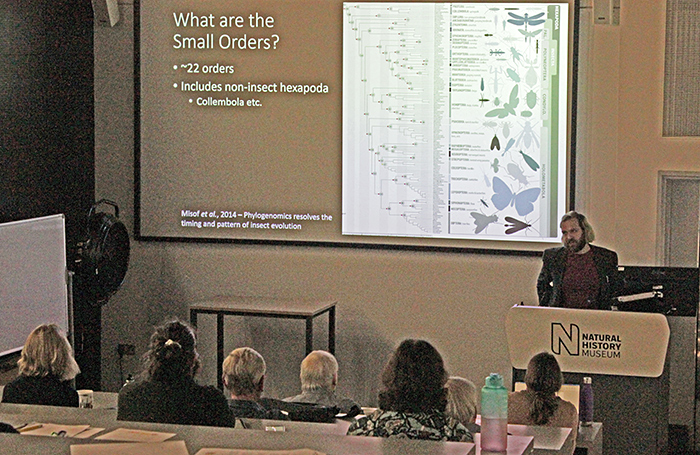 Dan Hall delivering his lecture
Dan Hall delivering his lecture
One AES member showed two boxes of a Venezuelan stick inset, Pseudophasma subapterum, which can be reared on ribwort plantain (Plantago lanceolata) or privet.
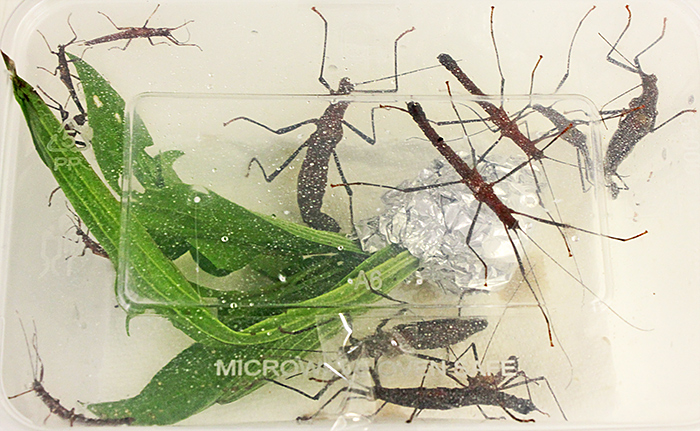 Stick insects
Stick insects
Another member brought an adult Dotted Chestnut moth (Conistra rubiginea) from Buckland in Surrey, a species that overwinters as adults and has become quite common in recent years.
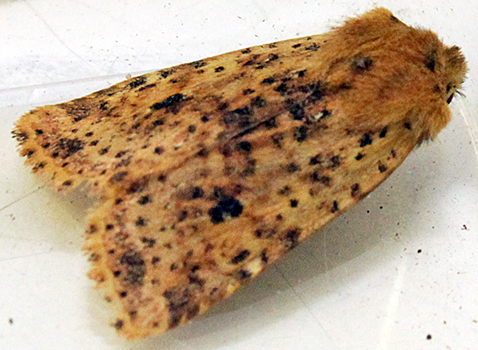 Dotted Chestnut moth
Dotted Chestnut moth
Several of the AES members stopped by to see our displays, and we were able to help with advice on buying and using microscopes, and taking photomicrographs with digital cameras and mobile phones.
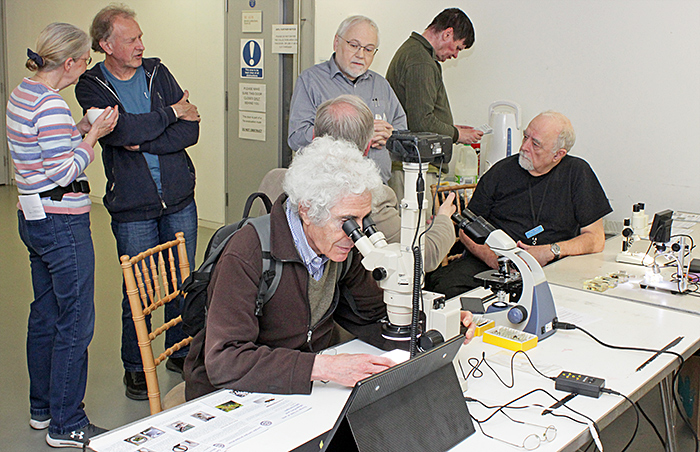 Visitors to the Quekett display
Visitors to the Quekett display
One member who does not have a compound microscope brought some slides of stained sections of honeybee brains that he had made 40 years ago, and was pleased to find that he could use his mobile phone to take photographs through an eyepiece.
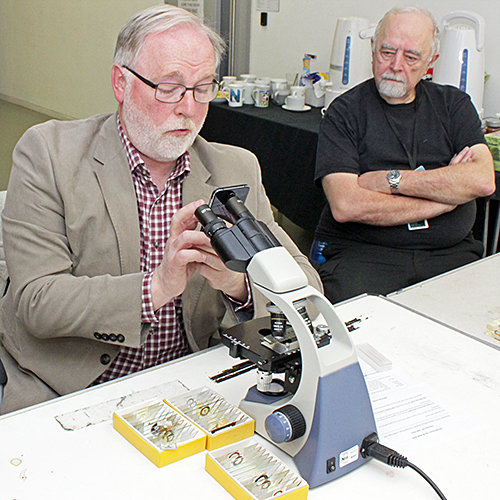 Photomicrography with a mobile phone
Photomicrography with a mobile phone
Paul Smith brought a small stereomicroscope with a bright, diffused LED spotlight running from a power bank, and a small digital microscope with a built-in screen. His specimens included some seeds, black sand from Iceland, and star sand (exoskeletons of forams, Baculogypsina sphaerulata) from Okinawa, all held in coin capsules, and scorpions, a hornet and a green iridescent beetle embedded in resin blocks.
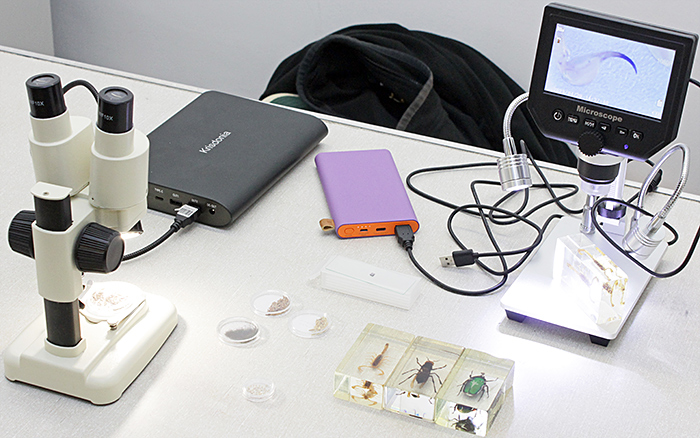 Small stereo and digital microscopes
Small stereo and digital microscopes
Alan Wood brought his Olympus SZ4045 trinocular stereomicroscope with an LED ring-light for set specimens (a moth, a fly, a beetle and a wasp). He also used an LED stage plate to provide transmitted illumination for looking at slides, although a compound microscope can show more detail. Alan used his Canon digital SLR to show images on Paul’s 15″ portable monitor.
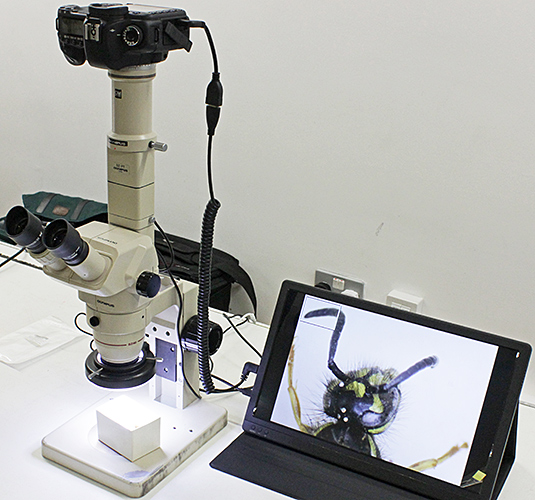 Olympus stereomicroscope
Olympus stereomicroscope
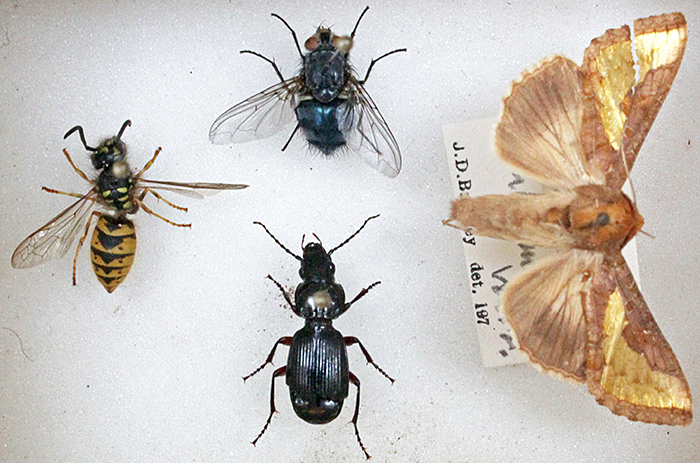 Insect specimens
Insect specimens
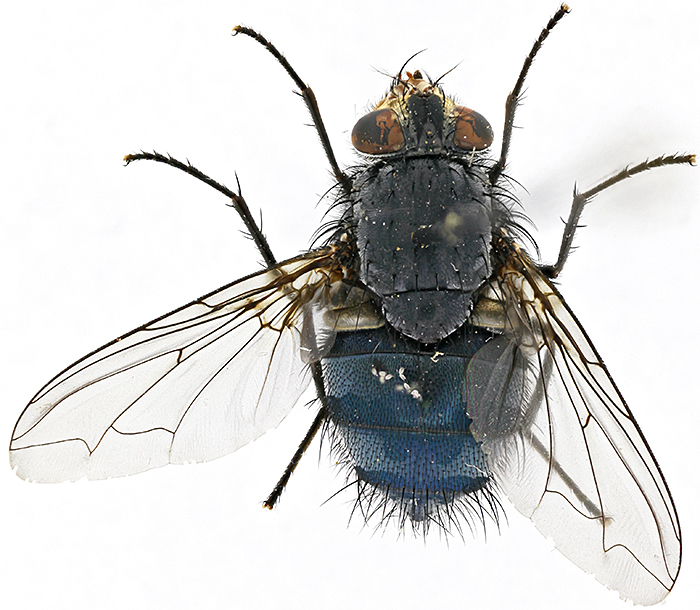 Bluebottle (Calliphora vomitoria)
Bluebottle (Calliphora vomitoria)
We were able to use a Chinese binocular compound microscope belonging to the Quekett to show slides of whole insects and various parts of insects. Some of the slides were made by Quekett members, others were sold by companies.
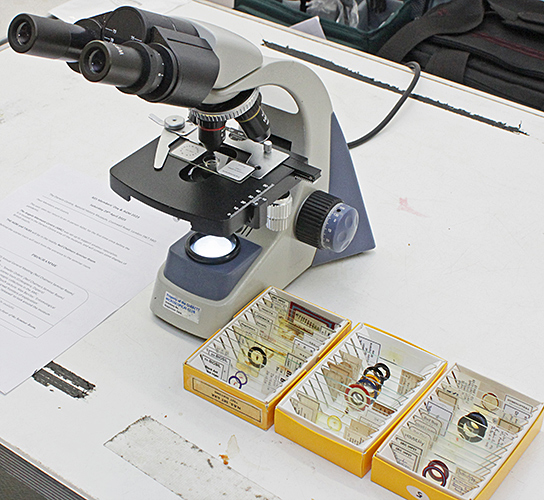 Chinese compound microscope
Chinese compound microscope
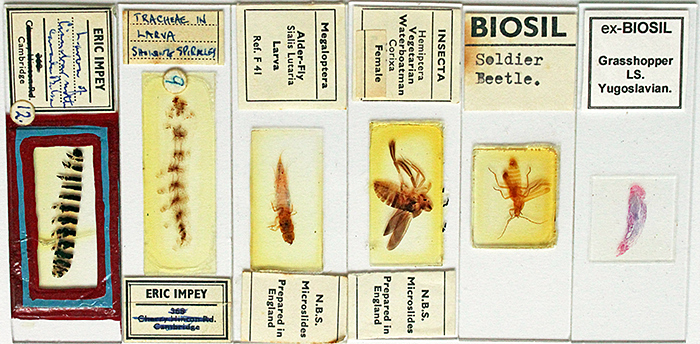 Insect slides
Insect slides
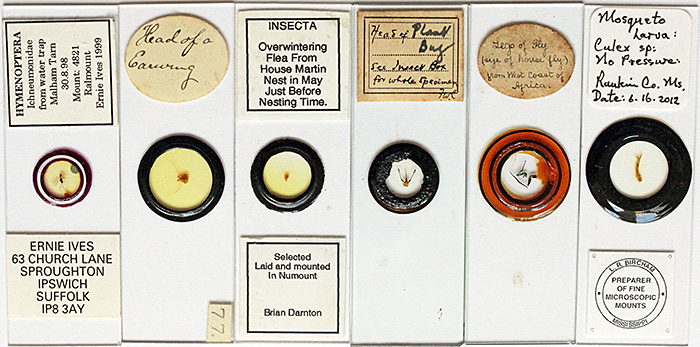 Insect slides
Insect slides
Slide of the European chicken flea (Ceratophyllus gallinae) made by Quekett member Mike Smith:
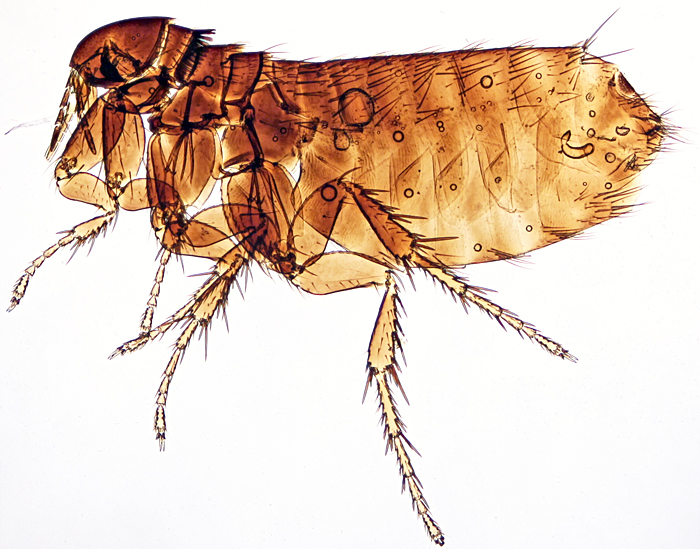 Female Ceratophyllus gallinae
Female Ceratophyllus gallinae
Commercial Philip Harris slide of housefly wing:
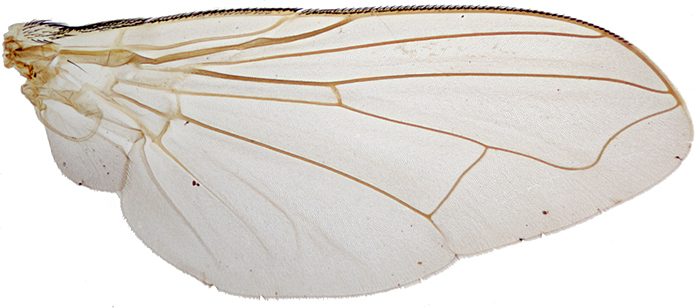 Wing of Musca domestica
Wing of Musca domestica
The Quekett hopes to have a display at the popular Annual Exhibition and Trade Fair of the Amateur Entomologists’ Society at Kempton Park Racecourse, Staines Road East, Sunbury-on-Thames, Middlesex, TW16 5AQ on Saturday 30th September 2023.
Report and photographs by Alan Wood

